SpaceX will launch Apple partner Globalstar’s new MSS satellites as part of the iPhone’s satellite connectivity features.
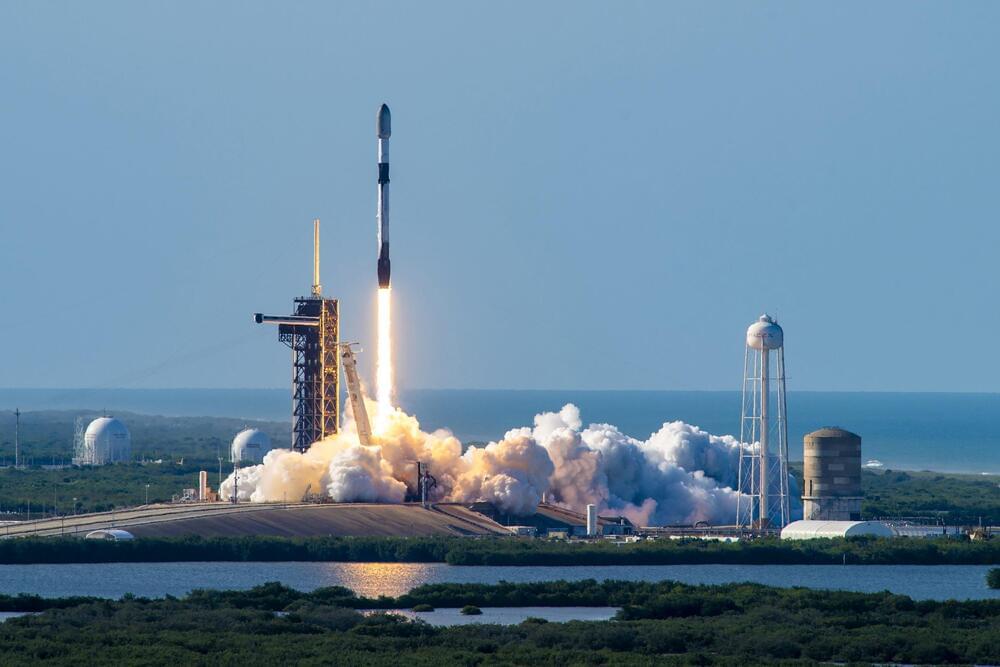

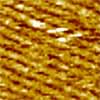
After thousands of years as a highly valuable commodity, silk continues to surprise. Now it may help usher in a whole new direction for microelectronics and computing.
While silk protein has been deployed in designer electronics, its use is currently limited in part because silk fibers are a messy tangle of spaghetti-like strands.
Now, a research team led by scientists at the Department of Energy’s Pacific Northwest National Laboratory has tamed the tangle. They report in the journal Science Advances (“Two-dimensional silk”) that they have achieved a uniform two-dimensional (2D) layer of silk protein fragments, or “fibroins,” on graphene, a carbon-based material useful for its excellent electrical conductivity.
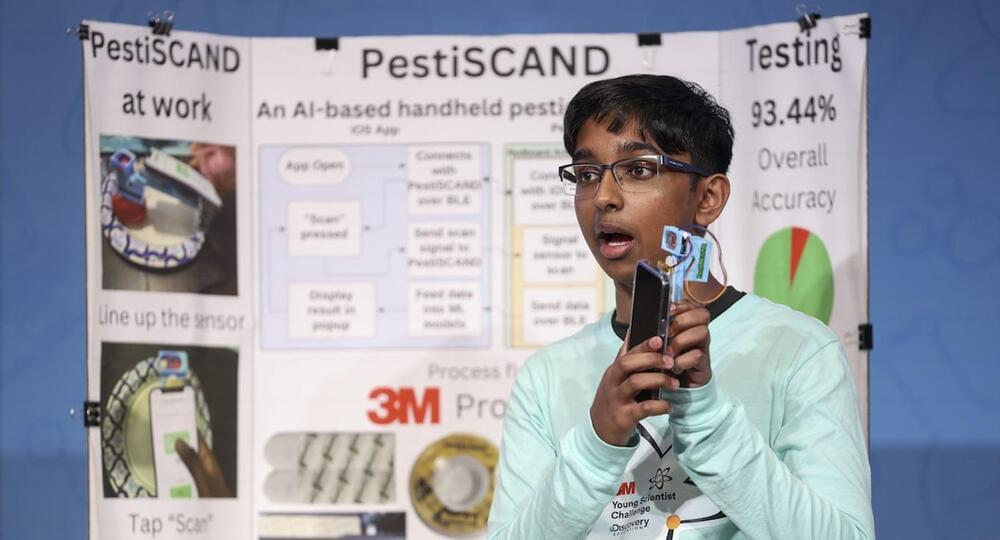
A 9th grader from Snellville, Georgia, has won the 3M Young Scientist Challenge, after inventing a handheld device designed to detect pesticide residues on produce.
Sirish Subash set himself apart with his AI-based sensor to win the grand prize of $25,000 cash and the prestigious title of “America’s Top Young Scientist.”
Like most inventors, Sirish was intrigued with curiosity and a simple question. His mother always insisted that he wash the fruit before eating it, and the boy wondered if the preventative action actually did any good.
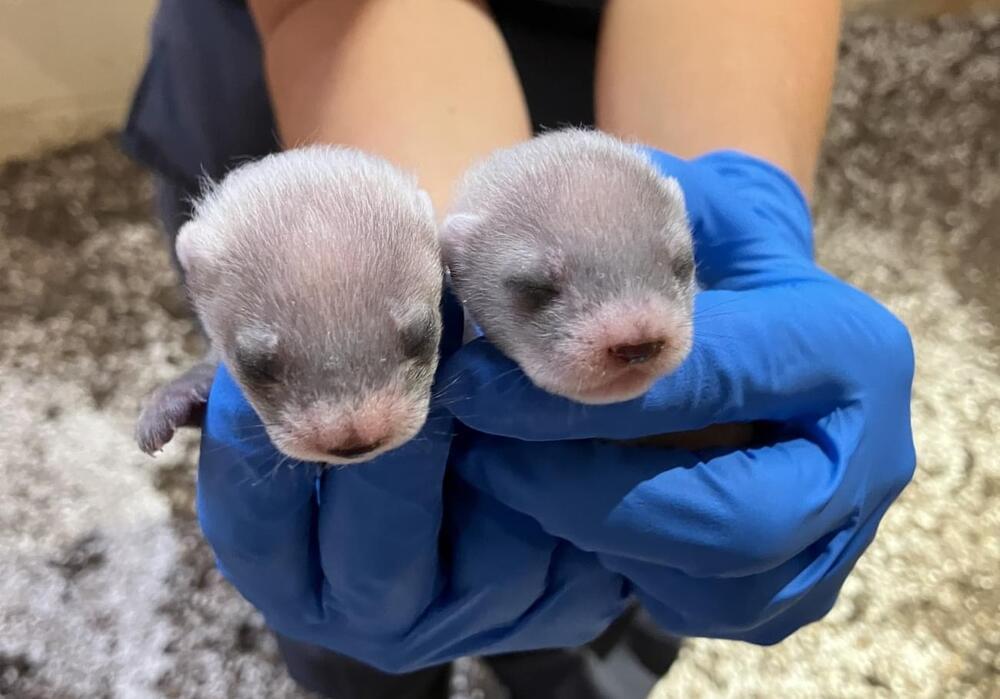
Quantum theory is distinguished by its apparent indeterminism, a feature that raises the question: Is this uncertainty inherent to Nature, or might…
Institute for Theoretical Physics, University of Innsbruck, Technikerstraße 21a, 6,020 Innsbruck, Austria Faculty of Philosophy, University of Oxford, Woodstock Road, Oxford OX2 6GG, UK
Get full text pdfRead on arXiv VanityComment on Fermat’s library.
The world is full of unusual unicellular organisms and microbes, many of which have not been discovered yet. In 2017, scientists identified a single-celled marine organism called Chromosphaera perkinsii in sediments collected from Hawaii. This species is estimated to be over a billion years old, making it older than the world’s most ancient animals. Researchers determined that this species has significant similarities to some animal embryos, though it is typically unicellular. The findings, which have been reported in Nature, suggested that some of the genetic mechanisms underlying complex life are present in C. perkinsii, or that it has evolved those characteristics independently.
The investigators noted that this study seems to answer the question of whether the chicken came before the egg; it was apparently the egg, since the genetic tools for making eggs existed prior to the emergence of chickens.
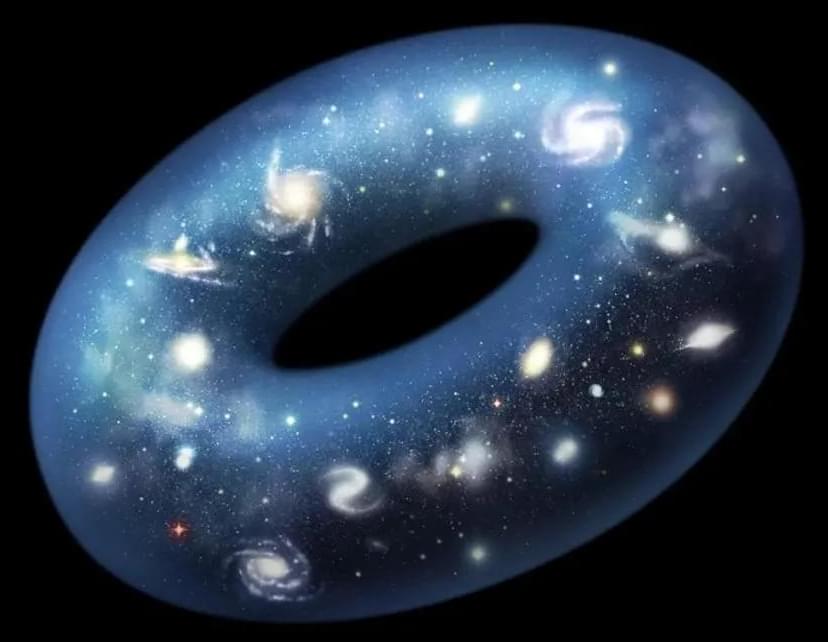
Today, only about 6% of the observable Universe is reachable due to cosmic expansion.
The Universe is a vast, wondrous, and strange place. From our perspective within it, we can see out for some 46 billion light-years in all directions. Everywhere we look, we see a Universe filled with stars and galaxies, but are they all unique? Is it possible, perhaps, that if you look far enough in one direction and see a galaxy, that you’d also see that same galaxy, from a different perspective, in the opposite direction? Could the Universe actually loop back on itself? And if you traveled far enough in a straight line, would you eventually return to your starting point, just as if you traveled in any one direction for long enough on the surface of the Earth? Or would something stop you?
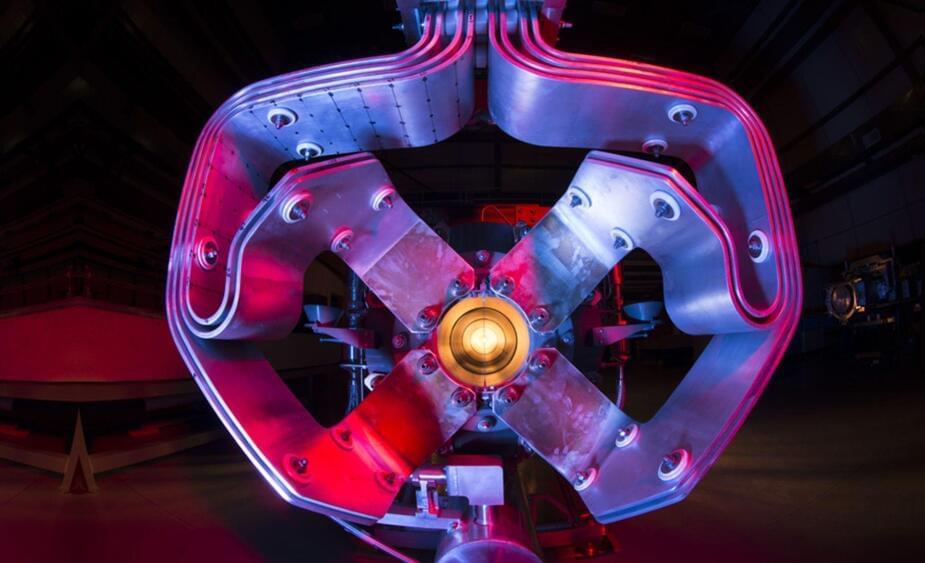
Fermilab is tackling the extreme conditions generated in neutrino experiments to ensure the success of future research.
“Researchers need to overcome three challenges to make a lasting target: radiation damage, high temperatures and stress from thermal expansion,” remarked the press release.
Nanofibers, incredibly thin threads with exceptional strength and flexibility, are being investigated for their ability to better absorb the shock of the proton beam.
“A nanofiber developed by Fermilab engineer Sujit Bidhar is being researched as a potential target material due to its ability to mitigate thermal shock and be more resistant to radiation damage,” highlighted the press release.
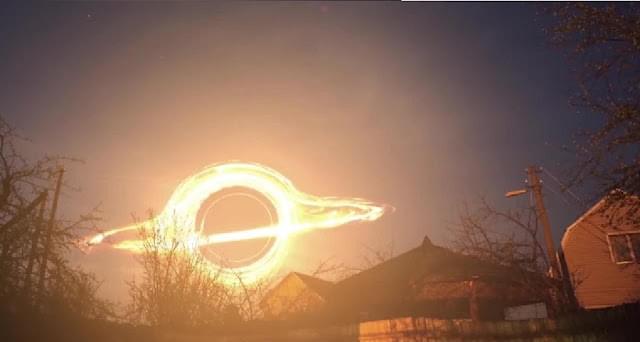
There is a massive black hole with millions of times more mass than our sun is plunging towards Earth and will one day annihilate life as we know it. This particular black hole is coming towards us at 110 kilometres per second and is at the center of the Great Andromeda Galaxy – the Milky Way’s closest and much larger neighbor.
At the center of the most known galaxies, there exist a supermassive black hole which stars spin around and helps keep everything in formation. But such is the powerful gravitational pull of the Milky Way and Andromeda that they are being drawn toward each other and will one day crash.
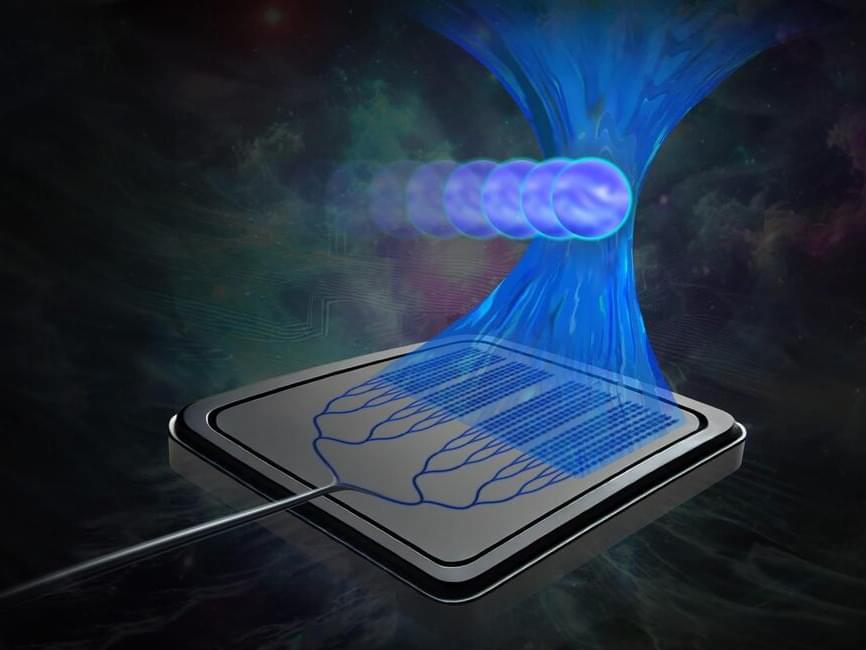
MIT researchers have developed a miniature, chip-based “tractor beam,” like the one that captures the Millennium Falcon in the film “Star Wars,” that could someday help biologists and clinicians study DNA, classify cells, and investigate the mechanisms of disease.
Small enough to fit in the palm of your hand, the device uses a beam of light emitted by a silicon-photonics chip to manipulate particles millimeters away from the chip surface. The light can penetrate the glass cover slips that protect samples used in biological experiments, enabling cells to remain in a sterile environment.
Traditional optical tweezers, which trap and manipulate particles using light, usually require bulky microscope setups, but chip-based optical tweezers could offer a more compact, mass-manufacturable, broadly accessible, and high-throughput solution for optical manipulation in biological experiments.